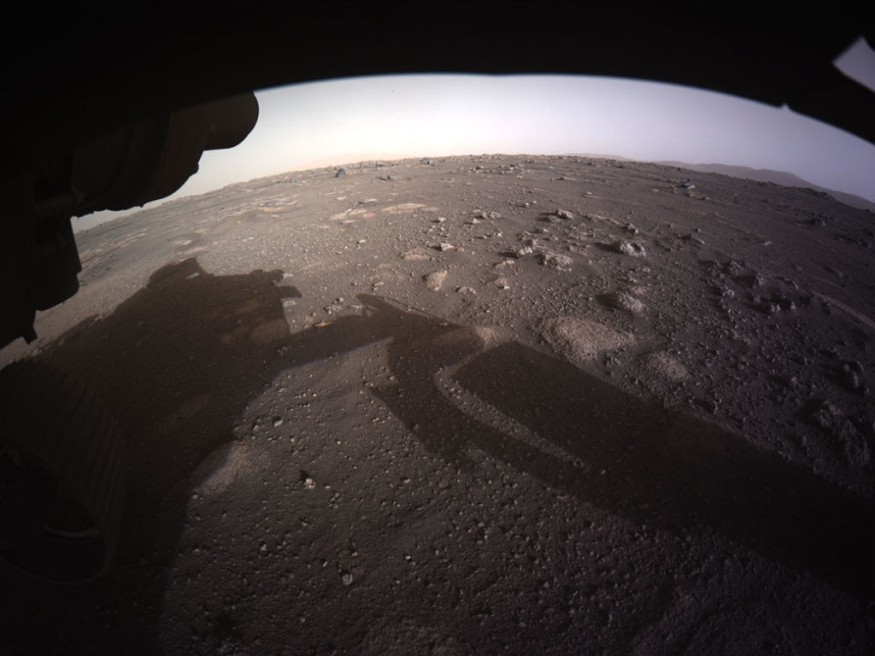A newly published scientific study summarizes how a giant laser array could be used to push a spacecraft to the Red Planet in a shorter period of only 45 days.
A Forbes report describes an enormous laser beam that shoots from Earth's surface to blast a spacecraft to an ultra-high-speed and delivers it traveling to Mars' surface in just a little more than one month.
It sounds like the object of science fiction. However, some scientists think it could be the future of space travel. According to professor of mechanical engineering Andrew Higgins at McGill University in Montreal, who worked on the research, it uses a method known as "directed energy." The professor explained the approach, "We leave the power source back" on this planet and "we send power to the spacecraft."

Powerful Giant Laser
The study published in Acta Astronautica describes using a laser array with 10-meter width, many small lasers put together to produce a giant laser, with the power of 100 megawatts to deliver a craft weighing approximately as much as a Mars rover to Mars.
To provide an idea of how powerful the giant laser is, Higgins explained it is projecting thousands of times the sunlight's power. He added it is a laser power that's so powerful and is "essentially unheard of."
When the laser reaches the spacecraft, it's using its power to heat propellant on the spacecraft like a gigantic steam kettle, the professor explained. He continued, if one heats water in a steam kettle and the steam shoots out, he gets insertion from that.
The work grew out of the interest of Higgins in "Breakthrough Starshot." Essentially, Starshot is a part of the Breakthrough Initiatives co-founded by Mark Zuckerberg and Stephen Hawking.
An Interplanetary Concept
In a similar report, a report from The Daily US Post specified that the concept is to deliver a one-gram solar sail with ultralight cameras to the nearest star system known as the Alpha Centauri to capture an image of an Earth-sized planet in the habitable zone of the star.
In connection to this, a multiple kilometers-wide laser array would push the sail to high speeds, getting it to the over four-light-year-away system in only two to three decades.
According to a master's student in aerospace engineering Emmanuel Duplay at the Delft University of Technology in the Netherlands and the study's first author, the interplanetary concept is delivering a very small, small probe to capture an image.
Duplay worked on the study as an undergraduate student of Higgins' at McGill. He found himself drawn to the laser-thermal propulsion to the Red Planet concept for its helpful purposes.
With the idea outlined in his research, the laser could send useful hardware, payloads, and astronaut crews surrounding the solar system. Then, he elaborated, just felt slightly more thrilling, "a little more interesting to me."
A Mars Mission from 10 Months to 45 Days Long
Decreasing what is supposed to be a 10-month-long mission to only 45 days would substantially lessen astronauts' exposure to radiation. According to professor Philip Lubin, in the physics department at the University of California, Santa Barbara, he agrees that minimizing the danger to humans on a trip to the Red Planet is a main advantage to the work.
Explanation about the Breakthrough Starshot is shown on CNET's YouTube video below:
RELATED ARTICLE : Trial Device MOXIE Could Contribute to Rocket Launch Off Mars
Check out more news and information on Mars in Science Times.
© 2025 ScienceTimes.com All rights reserved. Do not reproduce without permission. The window to the world of Science Times.












